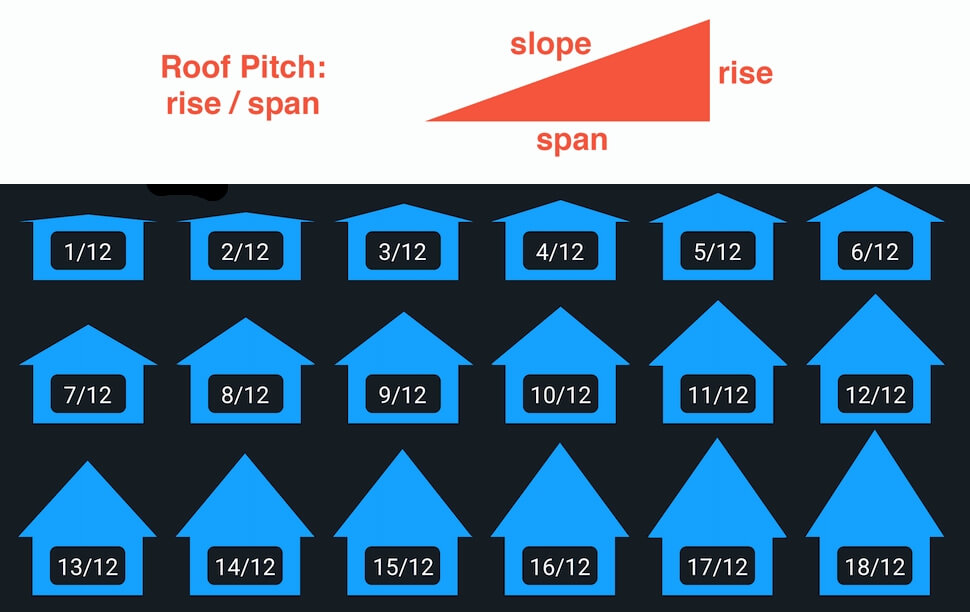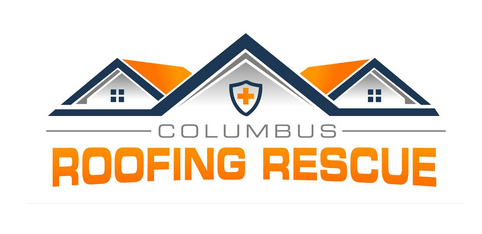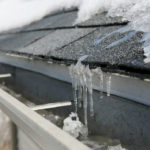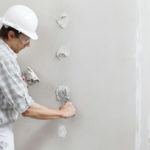
The Different Types of Roof Pitches
When designing your dream home, choosing the right roof pitch is an essential part of the process. The roof pitch, also known as the slope, refers to the angle at which a roof rises from the roof’s lowest point to the highest point. It’s an important decision since the pitch can significantly impact your home’s overall look and functionality. In this article, we’ll explore the different types of roof pitches and help you understand the advantages and disadvantages of each one.
What is a Roof Pitch?
Before diving into the different roof pitches types, let’s first define what we mean by “roof pitch.” The pitch of your roof is the exact angle at which it slopes, usually expressed as a ratio of rise to run. In other words, it’s the amount of vertical rise for every horizontal foot. For example, a roof with a pitch of 4:12 means that for every 12 feet of horizontal run, the roof rises 4 feet vertically.
The roof’s pitch is important because it affects how water runs off the roof. A steeper pitch allows for better water runoff, while a flatter pitch can lead to water pooling on the roof, which will eventually cause leaks and other problems.
How is Roof Pitch Measured?

Roof pitch is measured using a pitch gauge or a slope finder. These tools measure the angle of the roof and provide a ratio that expresses the roof’s pitch. You can also calculate the pitch of a roof manually by measuring the rise and run of the roof and using a simple formula.
To calculate the pitch of a roof manually:
Measure the roof’s vertical rise over a horizontal distance of 12 inches.
Divide the rise by 12 to get the rise per foot.
Divide the rise per foot by the horizontal run to get the pitch ratio.
For example, if the roof rises 8 inches over a horizontal distance of 12 inches, the pitch would be 8 divided by 12, or 0.66:1.
The Importance of Choosing the Right Roof Pitch
Choosing the right roof pitch is important for several reasons. First, it affects the aesthetic appeal of your home. A steeply pitched roof can add an architectural look to your home or business and give it a unique look. However, a flat roof can be more modern and minimalist in appearance.
Second, the pitch of your roof affects its functionality. A steeply pitched roof is better at shedding water, snow, and debris, which can help prevent leaks and other issues. A flat roof may be more susceptible to water ponding and other problems.
Finally, the pitch of your roof can affect the cost of construction. A steeply pitched roof requires more materials and labor to install, which can increase the overall cost of your home. On the other hand, a flat roof may be less expensive to install but may require more maintenance over time.
The Different Types of Roof Pitches

There are three main types of roof pitches: flat, low slope, and steep slope. Each roof pitch has unique advantages and disadvantages, which we’ll explore in more detail below.
Flat Roofs
Flat roofs, as the name suggests, have little to no pitch and are nearly level. They are commonly found in commercial buildings but can also be used in residential homes. Flat roofs are easy to install and can cost less money than other types of roofs. They are a little easier to manage and can be used as your rooftop garden and outdoor living space.
Flat roofs are more susceptible to puddles of water and leaks than other types of roofs. They require frequent maintenance to ensure the drainage system is functioning correctly and prevent water from pooling on the roof.
Flat roofs are best suited for areas with little rainfall or snow, as the lack of pitch can make it difficult for water to run off the roof. If you live in an area with heavy rainfall or snowfall, a flat roof may not be the best choice for your home.
Low Slope Roofs
Low slope roofs, also known as “flat roofs with a pitch,” have a slight pitch of 2:12 to 4:12. They are mostly used on commercial buildings and can also be found on residential homes. Low-slope roofs are less expensive than steep-slope roofs and can be easier to maintain than flat roofs.
However, low-slope roofs require proper insulation and ventilation to prevent moisture, which will lead to mold and other issues. They are also more susceptible to storms and wind damage than steep slope roofs.
Low-slope roofs are best suited for areas with moderate rainfall or snowfall. If you live in an area with heavy rainfall or snowfall, a low-slope roof may not be the best choice for your home.
Steep Slope Roofs
Steep slope roofs have a pitch of 4:12 or greater and are commonly found on residential homes. They are more expensive to install than flat and low slope roofs but are less susceptible to leaks and other issues. Steep slope roofs are better at shedding water, snow, and debris, which can help prevent damage to your home.
However, steep slope roofs require more maintenance than other types of roofs. They might be more difficult to install and can be more expensive to repair if damaged.
Steep slope roofs are best suited for areas with heavy rainfall or snowfall. If you live in a city with little rainfall or snowfall, a steep slope roof may not be necessary for your home.
Choosing the Right Roof Pitch for Your Climate
When choosing the correct roof pitch for your home, it’s important to consider your climate. If you live in a state with a lot rainfall or snowfall, a steep slope roof may be the best choice for your home. A flat or low-slope roof may be sufficient if you live in an area with very little rainfall or snowfall.
It’s also very important to consider the cost of construction and maintenance when choosing a roof pitch. Steep slope roofs may be more expensive to install but require less maintenance over time. Flat and low-slope roofs may be less expensive to install but require more maintenance to prevent leaks and other issues.
Maintenance Tips for Different Roof Pitches
Regardless of the type of roof pitch you choose, proper maintenance is essential to ensure the longevity of your roof. Here are some maintenance tips for different types of roof pitches:
Flat roofs: Inspect the drainage system regularly to ensure water flows properly. Remove debris from the roof to prevent water ponding and other issues.
Low slope roofs: Ensure that the insulation and ventilation system is functioning properly to prevent moisture buildup. Remove debris from the roof to prevent water ponding and other issues.
Steep slope roofs: Inspect the roof regularly for damage and repair any issues promptly. Remove debris from the roof to prevent damage to the roof surface.
Conclusion
Choosing the right roof pitch is an important decision when designing your dream home. Understanding the disadvantages and disadvantages of each type of roof pitch can help you make a decision that meets your needs and fits your budget. Whether you choose a flat, low-slope, or steep-slope roof, proper maintenance is essential to ensure the longevity of your home’s roof and protect your home from damage.



